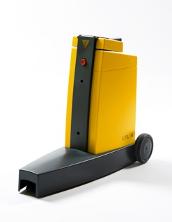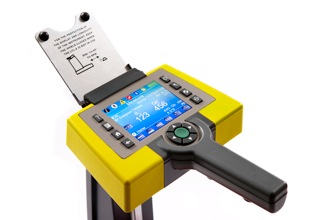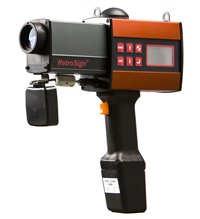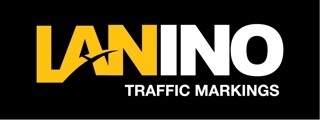
Retro-reflectivity is the term used to describe the amount of light reflected back to the driver from the road markings and is an indication of the visibilty of the markings at night.
The quality of glass beads are important to ensure high retro-reflectivity and durability. Retro-reflectivity will be determined by the amount and quality of glass beads on and/or in the paint as well as the quality of the paint. For instance the type, quality and proportion of resins and pigments in the paint will determine the durability and retro-reflectivity of the final product.
It is important because highway statistics indicate that you are three times more likely to have a road accident at night versus during the day.
LANINO Traffic Markings have successfully applied retro-reflective road markings on Performance Contracts on roads with the highest traffic volumes in South Africa since the first such contract in 2001.
DELTA Instruments were developed in order to objectively monitor the optical performance of today’s traffic control signs and markings. Located in Denmark, DELTA is a world leader in the development of photometric instruments to measure the retroreflectivity of pavement markings and sign sheeting.
Road marking management programs, securing minimum values for visibility, can help reduce accidents, save money and provide valuable information for asset utilisation. Likewise service performance and economy can be improved when maintenance decisions are based on monitoring and not on fixed replacement intervals.
South African standard for road markings: SANS 6261:2008. Paints and varnishes - Determination of coefficient of retro-reflected luminance by means of a portable retro-reflectometer.
LANINO is the exclusive dealer in South Africa for the following DELTA instruments:




